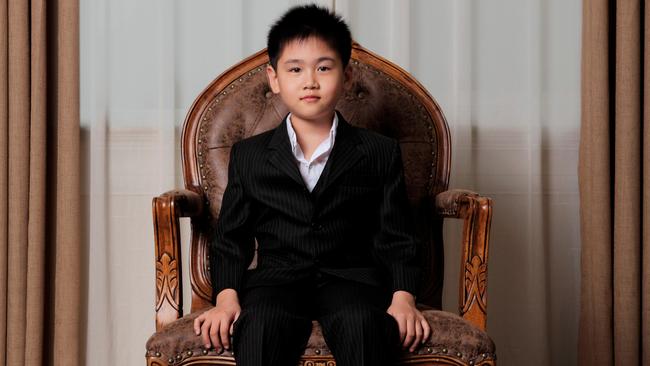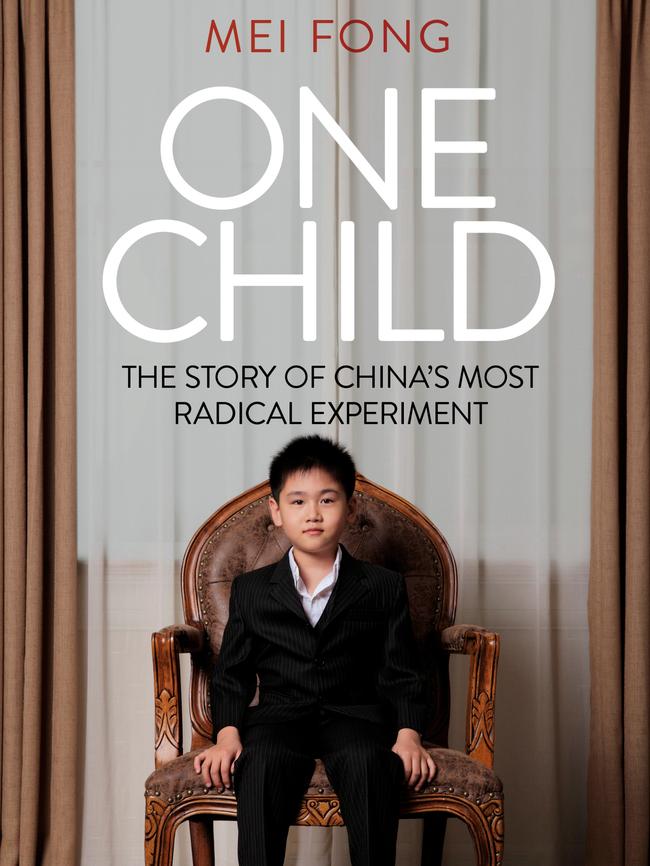China’s one-child policy a ‘demographic disaster’
China’s one-child policy has created a society that is ‘unbalanced, unhappy and possibly unsustainable’.

Ren tai duo: “China has too many people.” Mei Fong, an American journalist who spent many years living in and reporting on China (and won a Pulitzer prize for it), says you hear the phrase all the time in the world’s most populous country, and when you are crushed into an overloaded train or standing in an endless queue it is hard not to believe it.
But the truth, she says in One Child, a detailed, comprehensive and often painful book, is more complicated. The one-child policy introduced by the government in the post-Mao era has created a society that is unbalanced, unhappy and possibly unsustainable. At some point, everyone neglected to think things through.
The principle seems obvious enough. If the population is increasing faster than economic growth, slow the former and pump up the latter. Fong notes that the people who designed the policy were not social scientists — they had all been purged in the Cultural Revolution — but military officers. They believed social engineering was no different to ballistics or bridge-building: you simply crunched the numbers. They also had the advantage of working in a political system where theory could be put into practice without much in the way of dissent. If the human cost was awful, well, there are omelets and there are eggs.

Fong, born in Malaysia to Chinese parents, explains that before the one-child policy — which is called jihua shengyu, or “planned birth program” — there had been a fairly successful voluntary program encouraging couples to have only two children.
The new policy added a significant element of coercion, ranging from compulsory sterilisation to forced abortions.
Fong encounters lots of stories of abortions at the seventh-month mark or later, and of cases where babies were killed by injection as they were being born.
Even people who support abortion (as it is understood in the West) may find these passages grim reading.
Fines for disobeying the policy became an important source of revenue for local government authorities. Officials had a great deal of discretion in deciding punishments, and fines were often multiples of annual income.
This problem was greatest in the countryside. In the cities, affluent couples were often willing to pay the fine to have a second or third child, creating a new level of discrimination. Important party figures, of course, could often organise an exemption for themselves.
Was the policy successful? The Beijing technocrats believed that it reduced the number of births by more than 400 million but Fong discusses it with Western demographers who calculate a figure of 200 million at the maximum.
But the real problem was the interaction of the policy with the cultural preference for sons. Abortion was often used for sex selection and baby girls were abandoned or sometimes simply killed. Sons were seen as the means by which the parents would be supported in old age — necessary when the government pension system was rickety at best.
The outcome should have been obvious: as the one-child babies grew up, there would be a stark gender imbalance. Fong finds many sad men who will never have a partner.
But the imbalance has done little to improve the social position of women, especially outside the major cities. It is unusual for a wife to have any ownership of marital property and domestic violence is common. Fong asks one man what he seeks in a woman. His answer: “obedience”.
Little wonder that many rural towns are almost devoid of young women, who move to the cities looking for a better life.
There is another huge problem coming down the demographic road as the one-child parents begin to move into retirement. It means that each couple from the one-child generation will have to support four ageing parents as well as a child of their own. It is hard to see how the numbers can work.
As for the children of the one-child policy, Fong wades through survey data that finds them to be a rather unpleasant, unimaginative bunch, spoiled children growing up into self-centred adults. How this — plus a huge number of discontented men rolling around looking for something to do — will affect China as a geopolitical player is unknown, but it is unlikely to be good.
Threaded through this analysis is Fong’s own story. She suffered from a hormonal condition that made it difficult to conceive naturally. As it turns out, after moving to the US she was able to conceive using in-vitro fertilisation and eventually bore twins. She speculates that the high levels of pollution in China may have a crucial impact on fertility.
The one-child policy eventually was lifted in 2015, allowing couples to have two children. But so far there appears to have been little impact on the birthrate. Many people see a second child as too expensive, given the skyrocketing prices of everything from houses to education. Maybe it will adjust across time. Then again, maybe not. We may hope, however, that the days of forced late-term abortions and female infanticide are past.
Fong leaves many questions unanswered simply because there are no answers. But she has shed light on how ill-conceived policy can reverberate through the lives of people. One Child is never a happy story but it is an important one.
One Child: The Story of China’s Most Radical Experiment
By Mei Fong
Oneworld, 256pp, $29.99
Derek Parker is a freelance writer.


